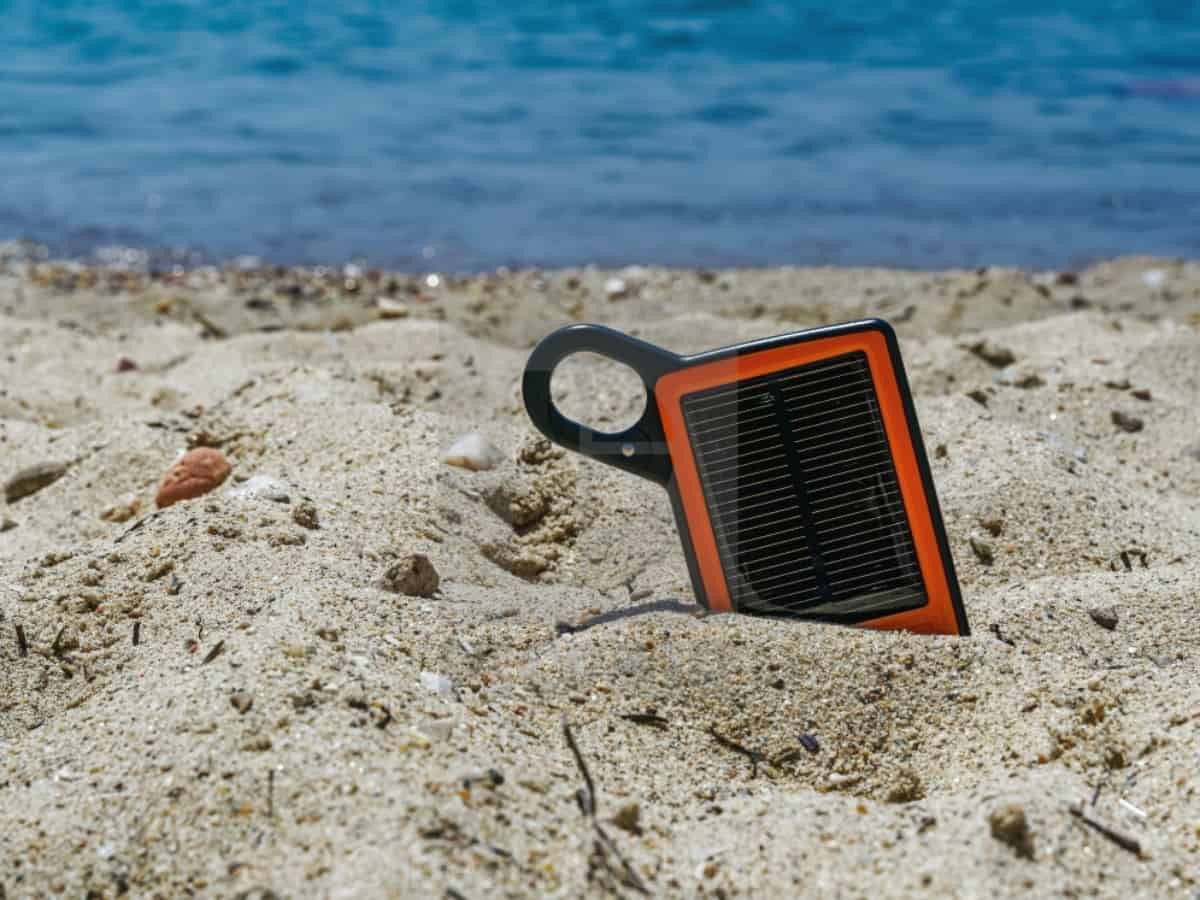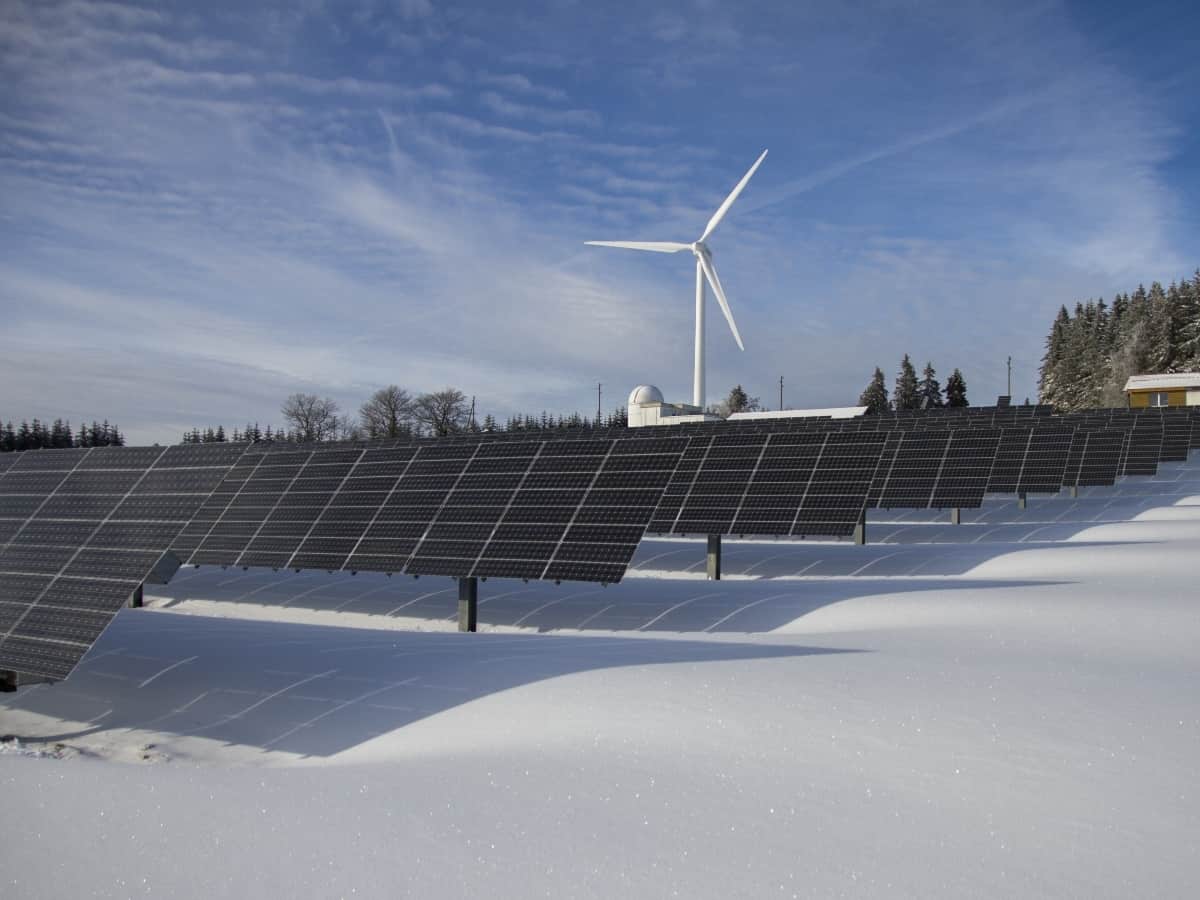It seems like every year, our prices for utilities are rising. With an excess demand on our nonrenewable power grids, it can cause serious issues. Back in February, over five million Texans lost power during a snow and ice storm. The temperatures were below freezing, and many died from hypothermia and carbon monoxide poisoning. Unfortunately, this storm showed the vulnerability of our power sources, leaving many citizens eager to learn about renewable energy sources to power their homes.
Discover Energy Audits with Solar Energy and ONIT Home
Try our Free Energy Audit to make sure your home is performing at optimum energy efficiency. We’ll inspect every nook and cranny of your home to make sure it’s best serving your needs. We’ll also give you tips on lowering your energy bills, conserving energy, and creating a more efficient space. To learn more about how we can help you maintain a top performing home, visit us online to get started!
Step One Towards Renewable Energy in Your Home: Know Your Electric Output
Do you know how much energy your home uses on a monthly basis? This information is vital to understanding your electricity needs. Knowing the amount of electricity you use will help you understand the following:
- What size of a system you require
- How needs can fluctuate on a daily basis and monthly basis. For example, do you use more electricity in the summer or in the winter?
- Understanding ways to reduce electricity use. For example, turning off heating and air conditioning every time you leave the house can help you save on electricity.
- Conduct a load analysis to record wattage and daily uses of electronics and appliances
How do you determine the total electricity consumption? There are some electrical providers that provide detailed information on how much electricity you’re using. However, not all do so you might need to take additional steps. You can multiply the wattage of each appliance by the number of hours it is used everyday.

Renewable Energy Option #1: Solar Energy
Using solar panels to convert sunlight into electricity is a popular way to power your home. Solar energy works through a process called the photovoltaic effect. The photovoltaic effect only turns sunlight into usable energy where there is a solar power system in place. There are three main components to a solar energy system.
- The Solar Panels. These panels capture the energy directly from the sun’s powerful rays.
- Inverter. The inverter converts sunlight into an energy form that enters homes and appliances.
- Racking. The racking is the foundation on which this system is built and mounted.
However, these components do not store excess energy that the panels gather. Therefore, if you’re generating more energy than you’re using, these three components won’t store that excess energy. If you have access to power lines, you won’t need additional equipment to store energy. However, off the grid living will require these two extra components:
- Battery: this stores any energy that panels generate
- Charge controller: this controls the rates for battery charges.
Best Uses for Solar Panels
To get the most out of your solar panels, you’ll want to utilize these tips. First, you’ll want to place the panels on roofs that are south facing. This is the best idea given that south-facing roofs receive the most sunlight throughout the day. However, if you don’t have a south facing roof, you’re not out of luck! Placing your panels on east or west facing roofs still produce enough energy to reduce your bills.

Solar Batteries
Using solar energy doesn’t start and end with solar panels. There are options to using solar power in everyday items without making the investment for your whole home. One example of this is solar batteries. Think of solar batteries as tiny solar panels. These batteries need to collect sunlight and work as a way to power items such as your phone, tablet or other small accessories. Most solar batteries come packed with an LED flashlight as well. This means that it’s a great item for traveling, camping, or in the event of a blackout.
So, What About Blackouts?
Speaking of blackouts, it’s important to know whether or not your solar panels work during a rolling blackout. Unfortunately, solar panels don’t work during a blackout for a few reasons. Mostly, it comes down to safety of the crew fixing the power outage. But, there are ways to combat this! Purchasing a solar generator helps store some of your excess energy, rather than sending the excess to the grid. That way, if there’s an outage, you will use your stored energy and can control where the energy goes. For instance, you may want to keep electricity to your refrigerator, but you may not want to use it for your television.
Solar Water Heating
Just like with solar batteries, there are other ways to utilize solar energy. Another example is using solar energy to heat your water. Solar water heaters take in the sun’s temperature to heat up a reserve of water. This water is pumped through radiators and out of your faucets and showerheads. Using solar water heaters is significantly cheaper than using gas or electricity. Additionally, it’s cheaper to install than solar panels. This is another great example of how solar energy can be used to power your home!
Tesla Solar Roof
There are many people who don’t want to lose the aesthetic of their roofs, prompting the creation of Tesla’s solar roof. These roof tiles are great options to still have renewable energy and without having large panels on your roof. These shingles are easier for companies to install, but they come with a higher price tag. Tesla’s solar roof is almost three times more expensive than a traditional solar panel.
However, Tesla also guarantees that these will last a lifetime, offering three times more strength than a traditional roof shingle. They build the tiles with an all-weather protection and come packed with a 25 year warranty. Additionally, Tesla has all their information loaded right onto their app. This way, you can have real-time information about how much energy you are generating, how much you are utilizing, and also how much is sent to the generator (if you have one).

Option #2: Using Wind Turbines
Granted, this option isn’t as easy as solar installation, but it’s still a great idea for renewable energy. Wind turbines are generally found in windarms or offshore. But, if you have a large lot of land, you can install a small turbine on your area to power your home.
How do you know if your home can work with wind turbines? There’s a few general questions and ideas you should be aware of before you consider installing a wind electric system.
- First, how much wind do you have at your home?
- Are there any zoning requirements or covenants in the area?
- The economics and incentives of installing wind turbine systems in your home.
- Estimation of systems annual energy output
- Where is the best location for it?
- Can you connect it to an electric grid?
- Will the sound bother you?
Different Types of Systems
One of the main disadvantages to wind turbines comes down to how it looks and how it sounds. These are the main reasons they are not as popular of an option. But, when it comes to keeping wind turbines residential, they are smaller and not as loud as you might expect. Small wind energy systems are renewable, cost-effective and clean for our environment.
However, if you’re looking to lower the electric bill, you can simply get a grid-connected wind system instead of a small system. These are cheaper because they don’t need to meet all of the needs of your home. If your system doesn’t create enough electricity, your home will take energy from the grid. This way, you’re never going to lose electricity because your system will automatically take from the grid when there isn’t enough generation. But, if you’re generating more than you need, you could be getting money back from the utility company!
What’s the ROI with a wind turbine? Spending on both the location and type of system involved, you can expect an ROI in six to 30 years. After that time period, the electricity produced is pretty much at zero cost to you. Additionally, having this form of renewable energy comes with tax incentives of 26% in the United States and can increase your home value.
Trust ONIT for Renewable Energy Options
Looking for more ways to reduce your carbon footprint? Read up on our guide of how you can make quick and easy changes to your lifestyle and reduce your output. Some of these tips can help save you money as well.
ONIT Home is here for all your questions about renewable energy options, like solar panels. Our team of experts can provide you with crucial information such as pricing and tax incentives based on what state your home is. Any more questions? Visit us online today or give us a call at 1-833-433-0331 for any and all questions or concerns.
ONIT’s expert team can help make your green energy goals a reality. And when you install a solar power system with ONIT Home, you can install a whole home water filtration system and smart security system for FREE with installation in two weeks. Additionally, we’re offering $1,500 in vouchers to be used with solar, water filtration, and home security. Contact us today or give us a call at 1-833-433-0331 to learn how you can enjoy this special offer.



